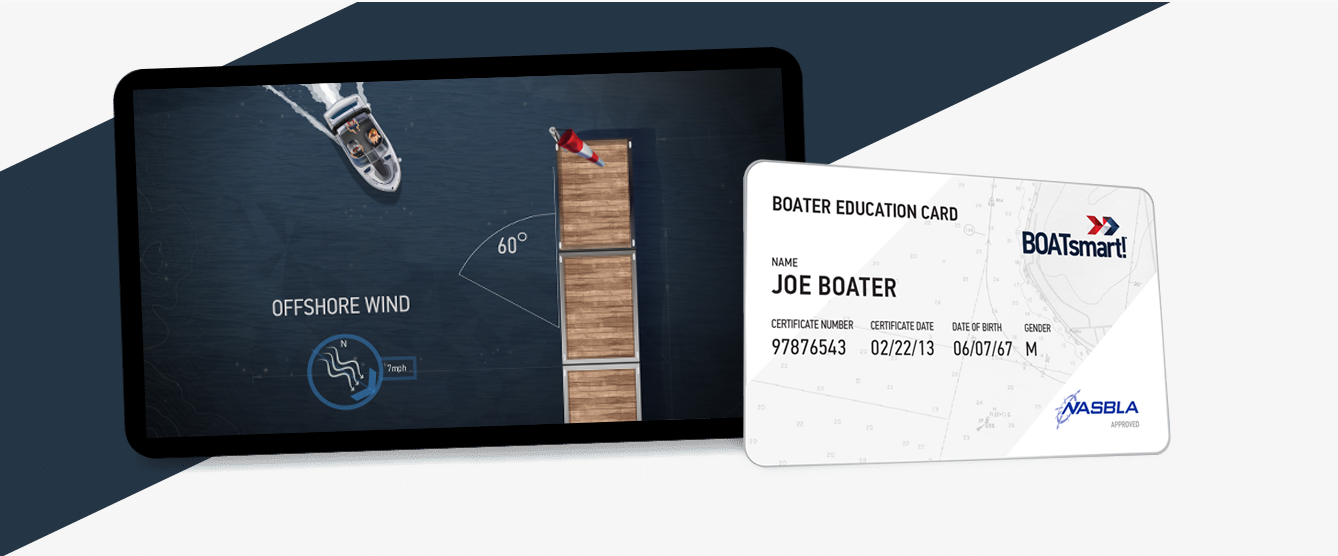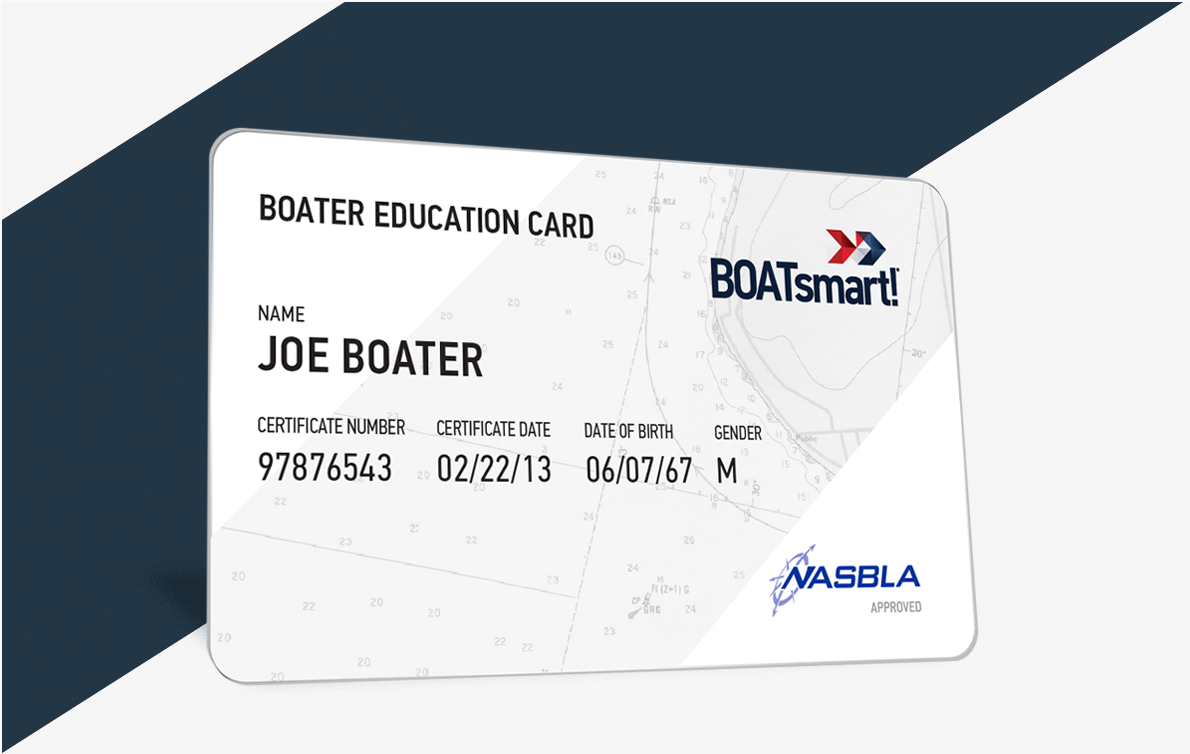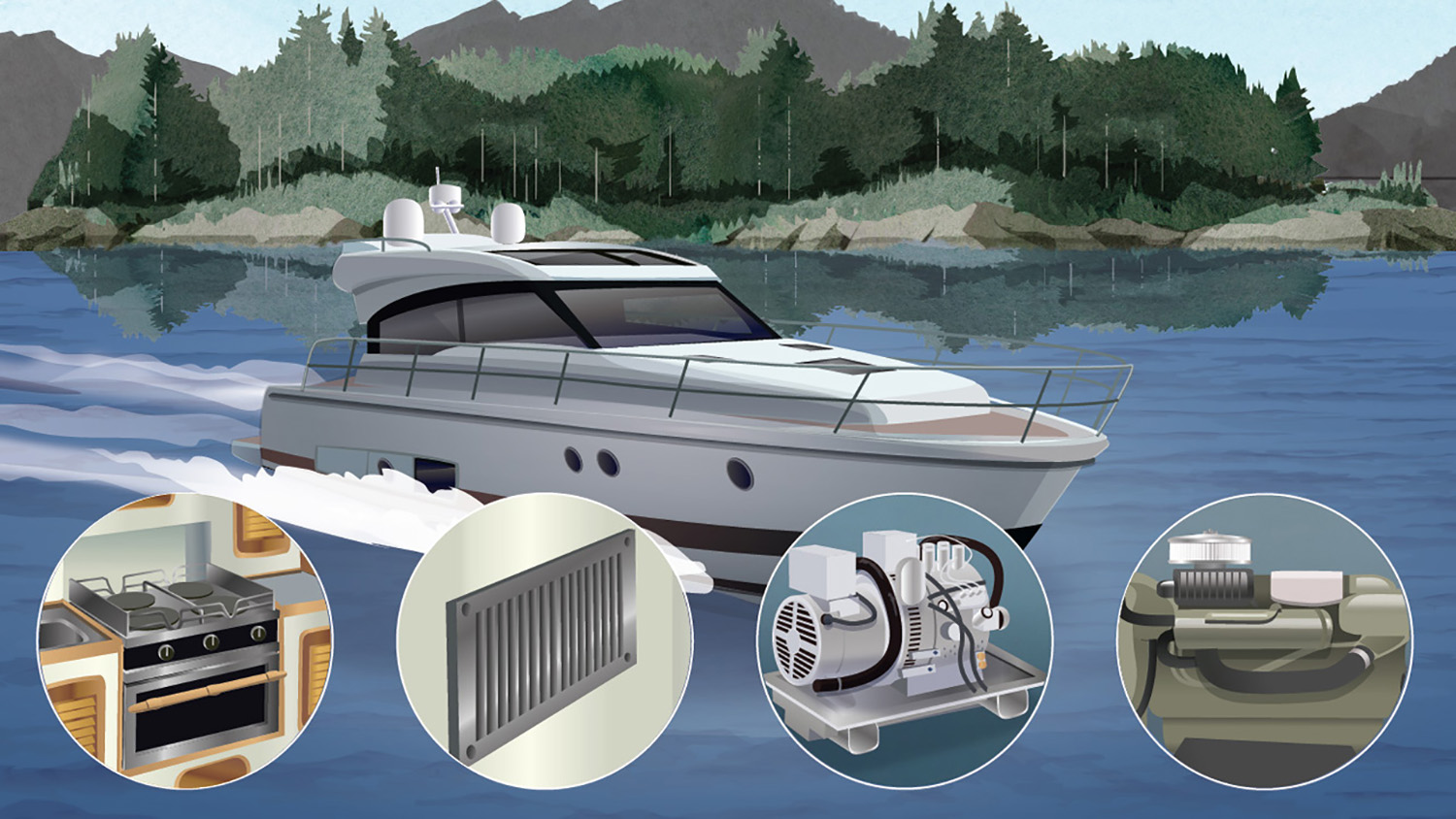BOATsmart! USA Knowledge Base
Module 06 - Other Water Activities Emergency Preparation
Carbon Monoxide
Carbon Monoxide (CO) is a deadly gas that you can’t see, smell or taste. It’s produced by anything that burns carbon-based fuel (i.e. gasoline, propane, charcoal, oil, etc.), including engines, generators, cooking ranges and heaters. CO is extremely dangerous—once inhaled into your lungs, the CO will cut off the oxygen supply to your body and can kill you in minutes. Be alert to flu-like symptoms, including headaches, nausea and fatigue.
If you operate a boat with fuel burning appliances, such as a cooking range, you must be aware of the increased risks of CO poisoning. Swimmers near swim platforms or people being towed closely behind a boat are also at increased risk of CO poisoning.
Treating CO Poisoning:
- Immediately move the victim away from the source of CO and into fresh air.
- Seek medical help immediately and if necessary, signal your distress.
Avoidance Practices:
- Tow your passengers at least 75 feet back from the stern of the boat so that the engine fumes won’t reach them during towed sport activities.
- Use a marine grade CO detector and check its batteries before each trip.
- Only idle your engine in well-ventilated areas.
- Use only fuel-burning engines or appliances that are certified or designed for marine use and only in well-ventilated areas.
- Use your boat’s ventilation system properly and maintain it frequently.
- Be aware that the symptoms of CO poisoning can be easily confused with intoxication or seasickness—victims of CO poisoning may not seek the medical attention they actually need!


Get your Official North American
Boating License
The Official NASBLA and State-Approved Boating Course, Test & License.
Get your Official North American
Boating License
The Official NASBLA and State-Approved Canada Boating
Course, Test & License.




